
This VFR has some known history. It was owned by a friend's son before Quinn acquired it. At some point it had been stolen, and when attacking the ignition switch with a screwdriver failed to start the engine, it was tossed into a ditch. The insurance company totaled the bike due to damaged bodywork, but the owner bought it back and had the parts repaired/repainted. Years went by and disuse eventually brought the bike to the state seen here.
It would have to be rescued, of course. I located a shipper and on April 19, 2022 the VFR arrived at my shop. As I peeled away the layers of neglect the picture became progressively more bleak. Steel and aluminum had succumbed to corrosion, the fuel tank was a write-off, the Corbin seat trashed, the paintwork in sorry shape, the brakes and clutch non-functioning, Below are typical examples of what I found.
(click on an image to enlarge)
In addition, this 1993 is a desirable year in its beautiful Pearl Crystal White. If there's collectible VFRs, this is near the top of that list, so do I keep the original color? As for originality, how far do I want to stray from that ideal? In the world of classic vehicles, original equals higher value, or at least salability, while personalized aesthetics tend to lower perceived value. In my experience, originality is always the most difficult consideration going forward.

Step one will be to match the front suspension to the new rear. For this I turned to Race Tech and a set of their .95kg straight-wound springs, installed to their specs. The fork lowers were repainted to the original silver and everything mounted up with fresh tapered steering bearings from All Balls.
The forks were bolted up to a repainted and polished upper triple clamp, repainted HeliBars (came with the bike) and topped off with a RAM ball mount for a phone or GPS.
About this time, something interesting happened — the work thus far was responding so well that I began thinking in terms of "my" VFR.
I've always liked the textured "bronze" finish exclusive to the 1986 bikes' engine covers, so I had the clutch cover powdercoated with a polished timing hole cap. On the left side, I happened to have a similarly-colored sprocket cover in my stash, then stripped/painted the alternator and water pump covers and clutch slave a gloss black. Downstream, a 520 chain/sprocket conversion from Superlite was fitted, with an RK chain and 17-tooth front sprocket, up from the OEM 16-tooth, to provide a slightly relaxed highway RPM.
A full set of AS3 silicone hoses/clamps were installed and the radiator fully detailed, its fins straightened and filled with Honda HP coolant.
The carburetors were treated to a full rebuild, ultrasonic cleaning, tuning, syncing, fresh intake boots, and K&N air filter.
Being a fan of warm hands on chilly evenings, I installed a set of under-grip heaters from Tusk, mounting the hi-lo switch on a fabricated bracket near the left controls. While I was running wiring, a plug-in lead was added to power the GPS unit — both circuits are switched to the ignition switch. Speaking of the ignition switch, I sourced a correct used switch from a VFR forum member to replace an incorrect one installed after the bike was stolen. A battery tender was also hardwired into two unused leads freed up when the new R/R was installed. A final electrical mod was required due to the bulkier CBR929 shock; its remote reservoir was pressing against the starter relay, so I relocated the relay and mount to the right side of the battery box.
As mentioned above, the bike had been repaired/repainted in the past but by now several pieces were in need of TLC. The right side tail light fairing became a spiderweb of plastic welds as did the right chin fairing, which was so broken that I considered saving it as a personal challenge. I knew that I wanted to visually "lighten" the look of the bike by toning back some the expansive white plastic. I would accomplish this by changing the chin fairings to a dark color (GM Dark Spiral Gray Metallic with matte clear, which matches the gray in the "VFR" decal above) and outright eliminating the lower rearmost metal fairing pieces on both sides, including the odd kickstand fairing. However, I wanted a future owner to be able to return to the original look, so I sourced two extra chin fairing pieces from a seller in England, accomplished a few repairs and had those painted with the rest of the pearl white parts.
All the signal lenses were severely weathered from the Florida sun requiring lots of sanding and polishing.
I don't particularly care for Honda's graphics on the '93 model, so I kept the large side "VFR" but created my own tail decals, bringing back the "V4 Gear Driven Cams" notation from the earlier generations. For the tank, I passed on the uninspired black winged logo and went with OEM Honda 3-D illusion badges. I intentionally did not have my decals clearcoat painted, allowing the originals to be applied in the future, if desired, and I have a full reproduction decal set which will remain with the bike. I can't locate his name in my records, but I would like to give an anonymous shoutout to a VFR forum member who provided me with both the black plastic side fairing air ducts, which I'd tried in vain to locate for a couple of years…thank you!
The wheels were finished in the body's white, with no pearl. I added some red detail on the rears' embossed directional arrows, and also applied my "Enkei" directional decals front and rear for an additional pop of red. The rotors were repainted in original silver.

The original windscreen was unusable but I found a taller Givi touring screen offered on a VFR forum and thought I'd try that, eventually deciding I prefer the original, so I got a reproduction directly from MRA, in dark tint.
The Corbin seat that came with the bike was roached, but I had a good, though cosmetically challenged, OEM seat in my stash, so my upholsterer fitted a fresh black cover in the correct pattern. I don't use or care for the look of passenger seat cowls (I carry a tailpack on the seat) so I didn't attempt to source an original.
Mirrors are Emgo reproductions for the '00-01 VFR800, my go-to replacements for the ungainly and problematic "condom" originals.
Tires are Bridgestone Battlax T32 in OEM sizes, which have proven to be a sure-footed, confidence-inspiring sport touring tire, providing smooth, neutral handling.
I decided to splurge on a shiny new slip-on muffler, and chose the Delkevic high mount stainless steel round model, purchased directly from Delkevic. I absolutely wanted the high mount to show off the 8-spoke wheel and I think the polished finish goes well with the white bike color. Together with a trimmed rear fender and removed passenger peg bracket, the rear of the bike now has a visually "lightened" look. I left the "db killer" in place and the sound is low and mellow with no bark, and not obnoxiously loud, even at full tilt — just what I was after.
I also happened upon a very cool fuel filler cap from Arashi on eBay. It's CNC aluminum in a satin finish, exquisitely styled, keyless and really improves upon the industrial look of the original (I have no need to lock my filler cap). As it was delivered, the gasket sealing to the tank opening was seeping when the fuel sloshed about, but I addressed that by adding a 2mm rubber shim under the gasket. China.
There is an issue with the levers, however — neither the brake nor shifter have enough adjustment to accommodate these pegs. I rigged the brake lever by cutting off the lower adjustment threads to the bare minimum needed (thanks for that tip, Chris), which gave just enough additional downward adjustment to make that side work. The shift lever, however, needed to come outward a full inch to allow a natural foot position for shifting. This I addressed with the welder by splicing in an additional inch where shown in the photo. Now, the braking and shifting is back to a familiar feel. I have a spare lever if I ever want to return to the original pegs.
The third-gen VFR makes a gorgeous styling transition from the earlier creased edges to the later "soapy" curves. And, I have no reliability concerns with my projects, as I go to great pains to touch every part, check every connection, torque every fastener, etc., the result of an aviation background, no doubt.
As one of my final build projects, I found this one particularly satisfying. Not only did I save this VFR from a slow death, but it's also tailored to my style, both riding and aesthetically. It's a great way to live the classic motorbike experience…with undeniable panache of the legendary Honda V4.

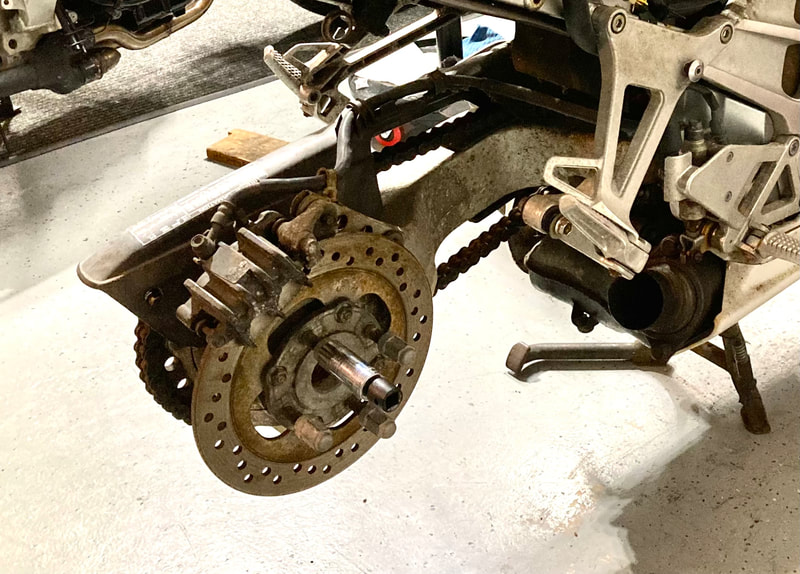
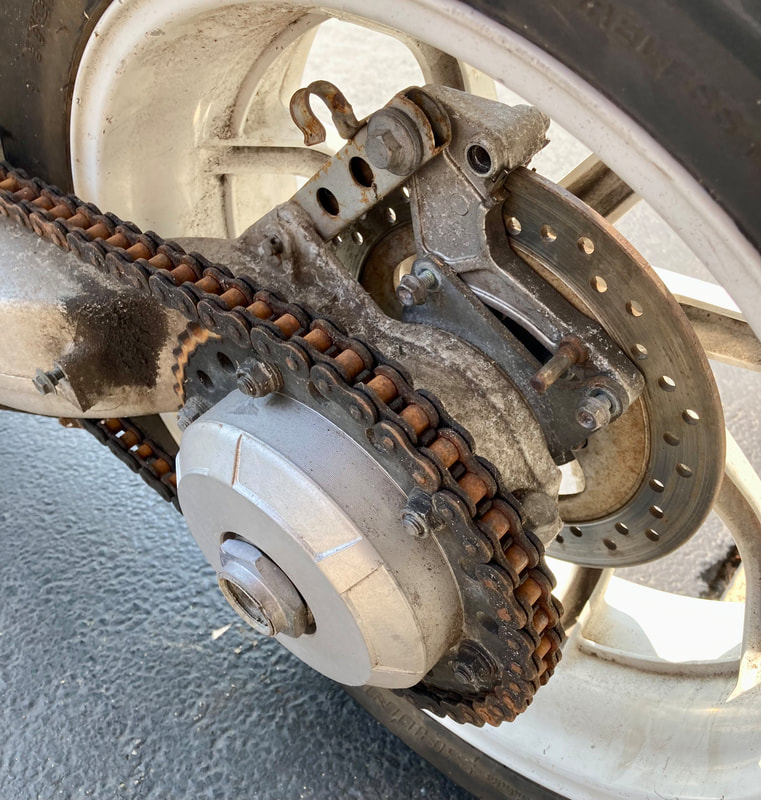
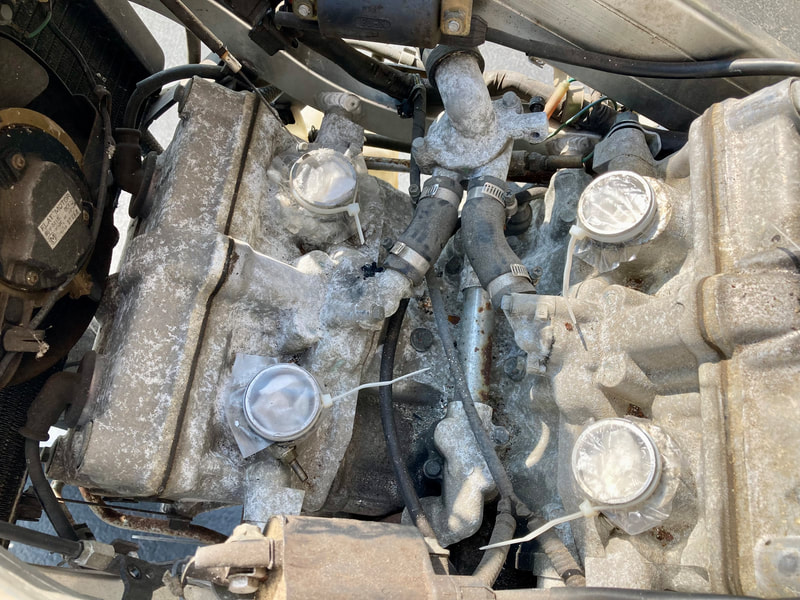
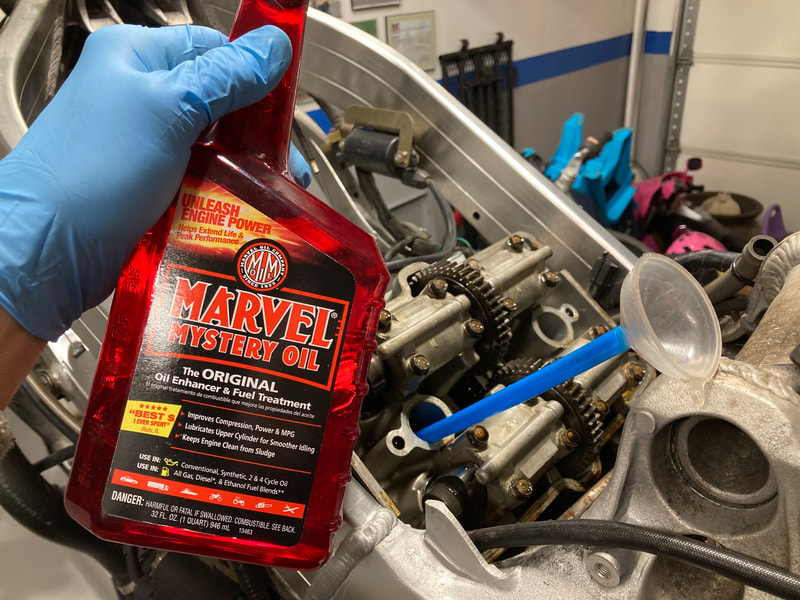
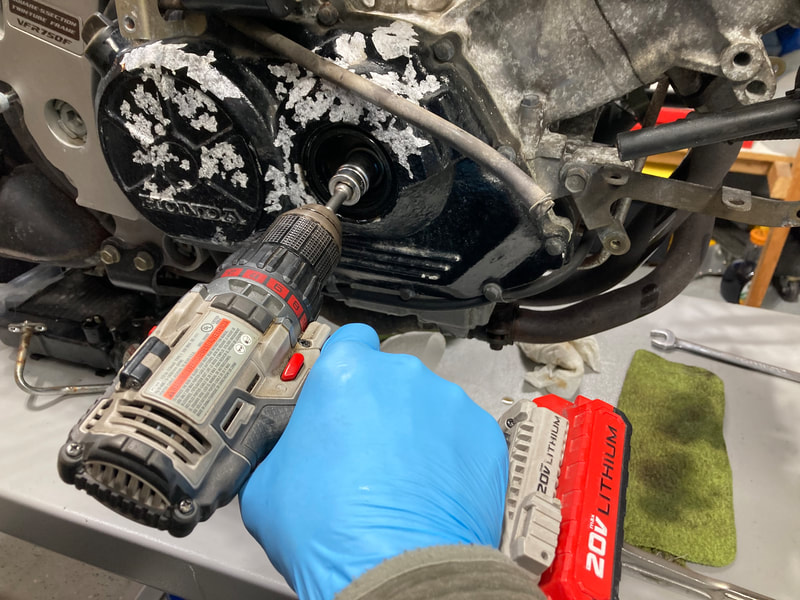
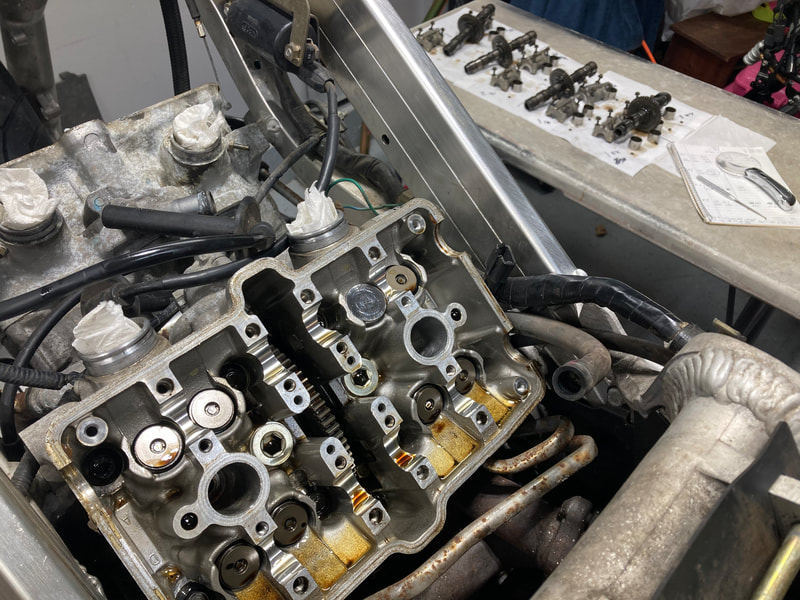
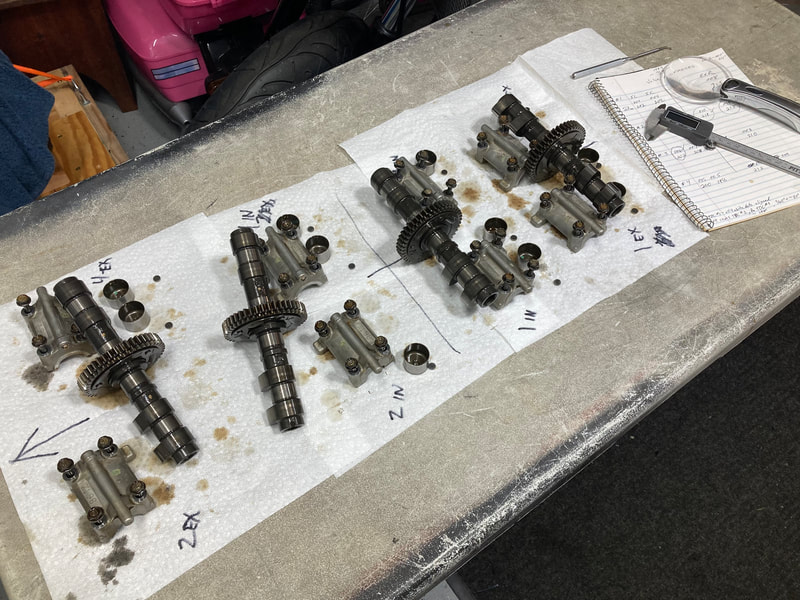
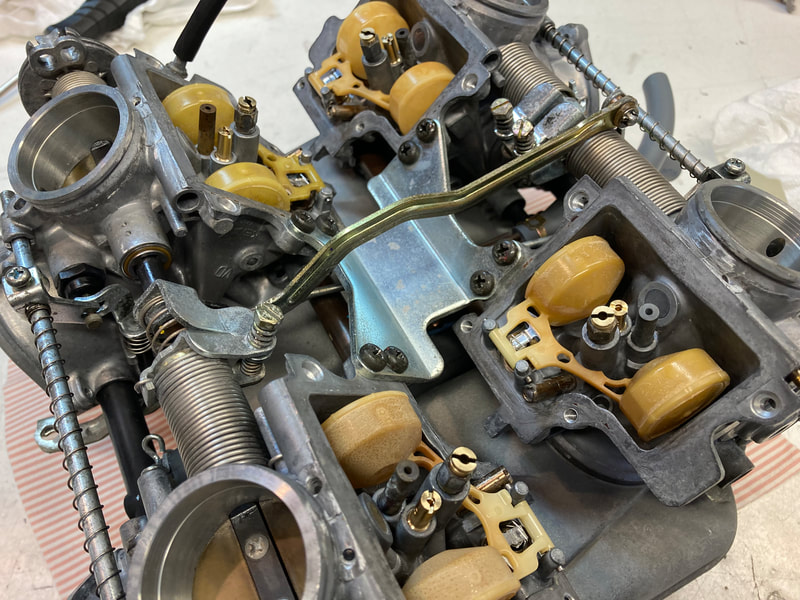
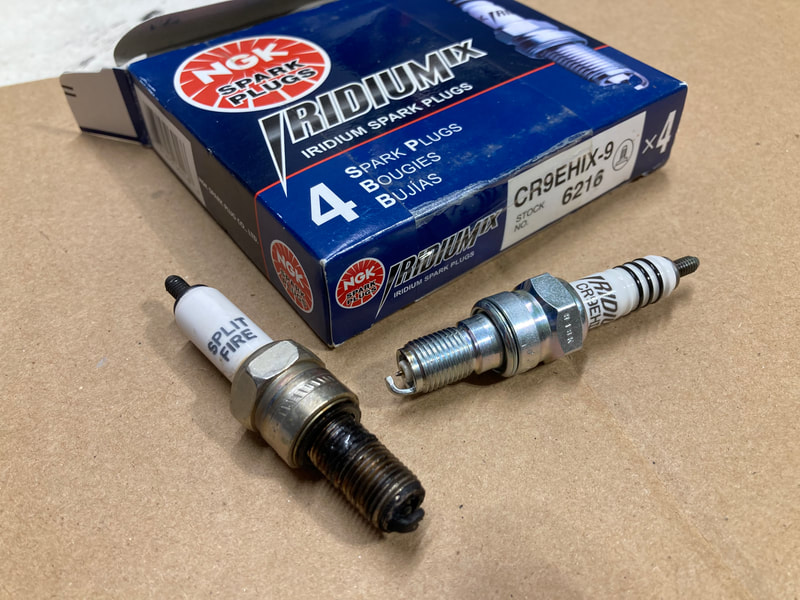
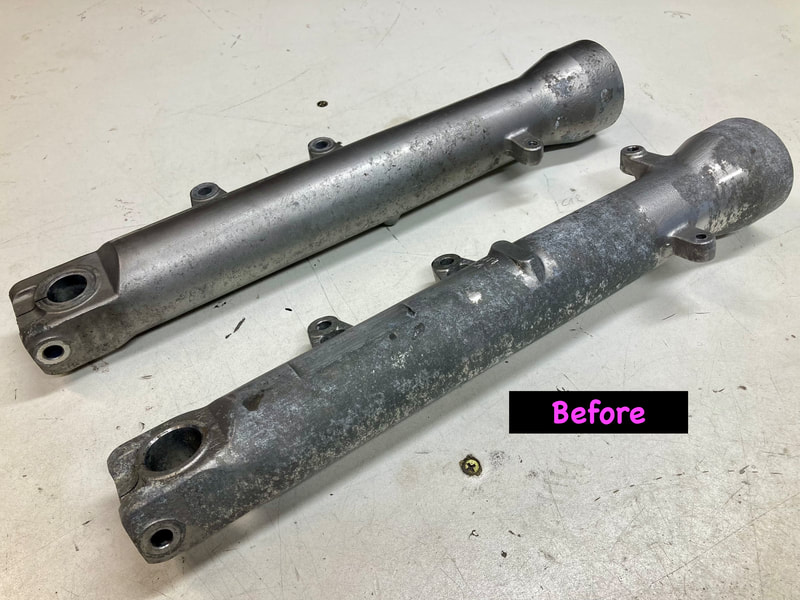
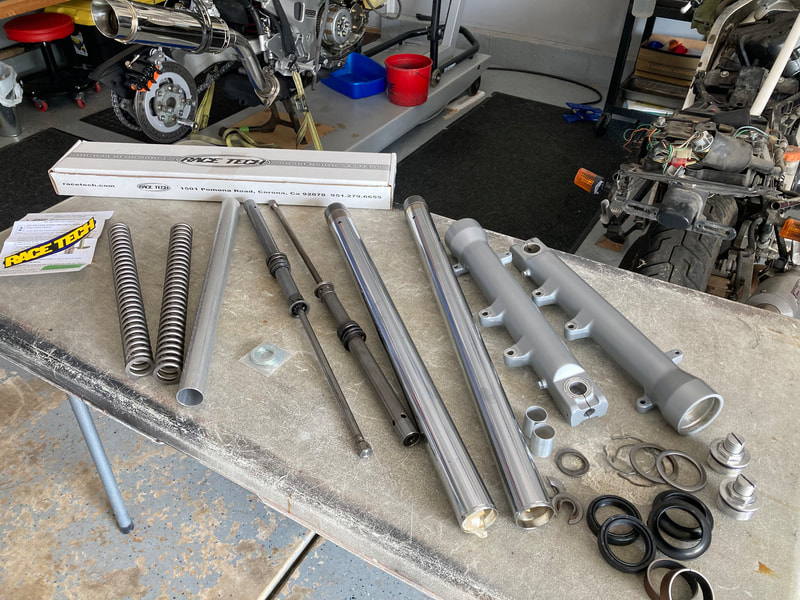
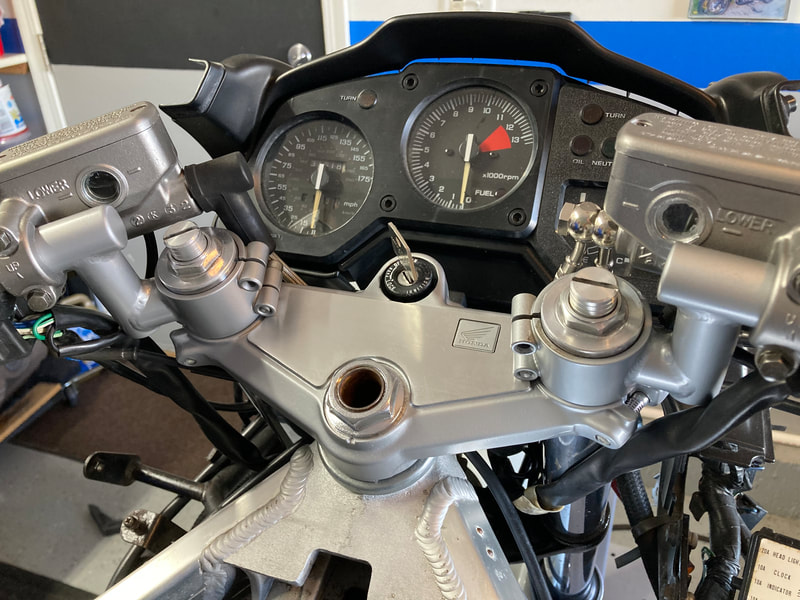
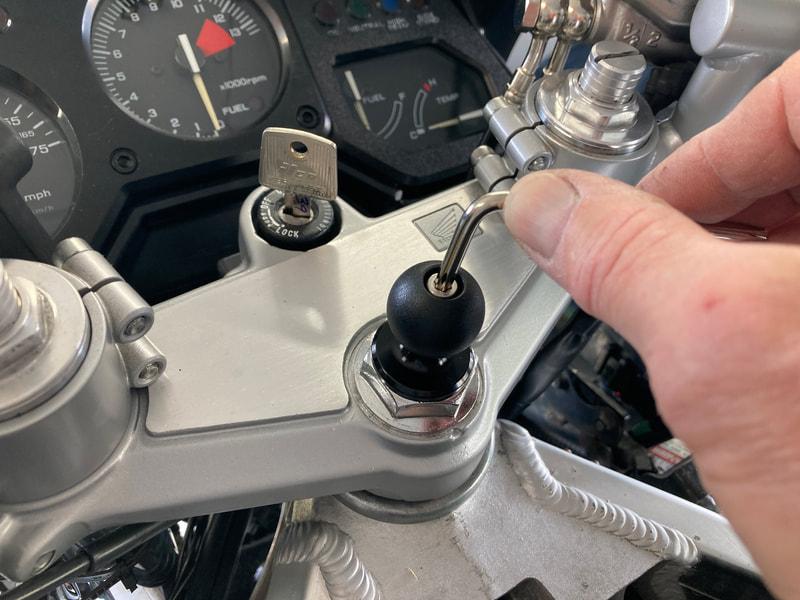
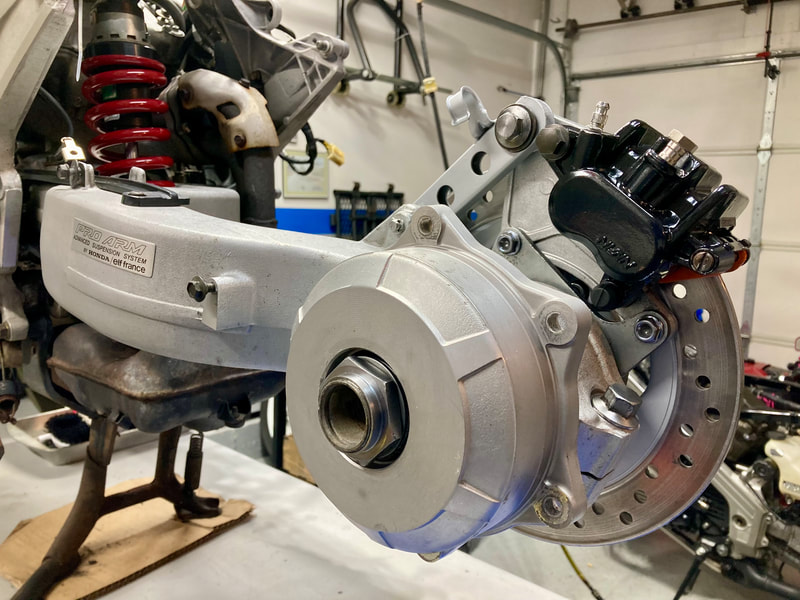
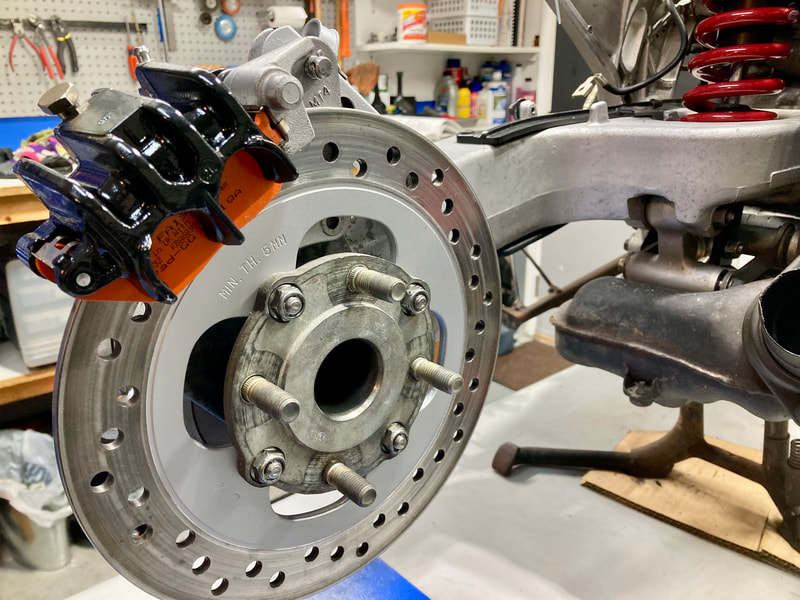
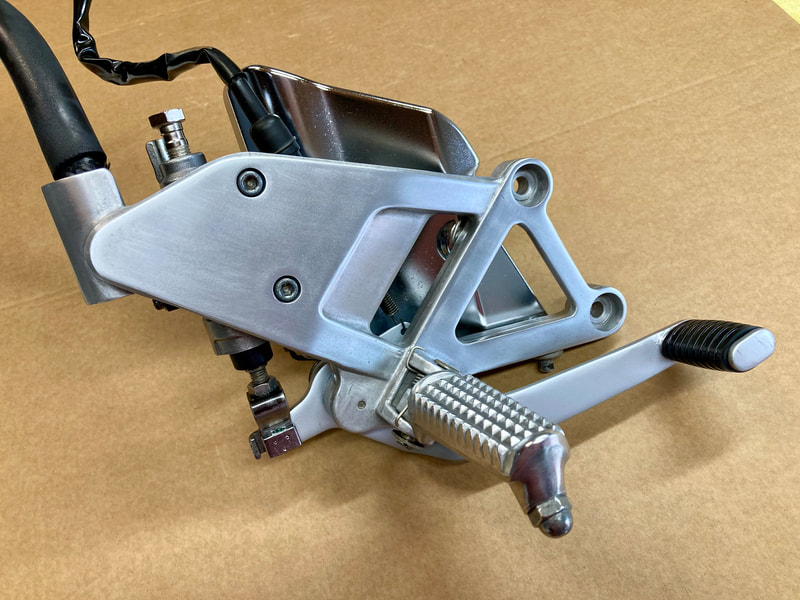
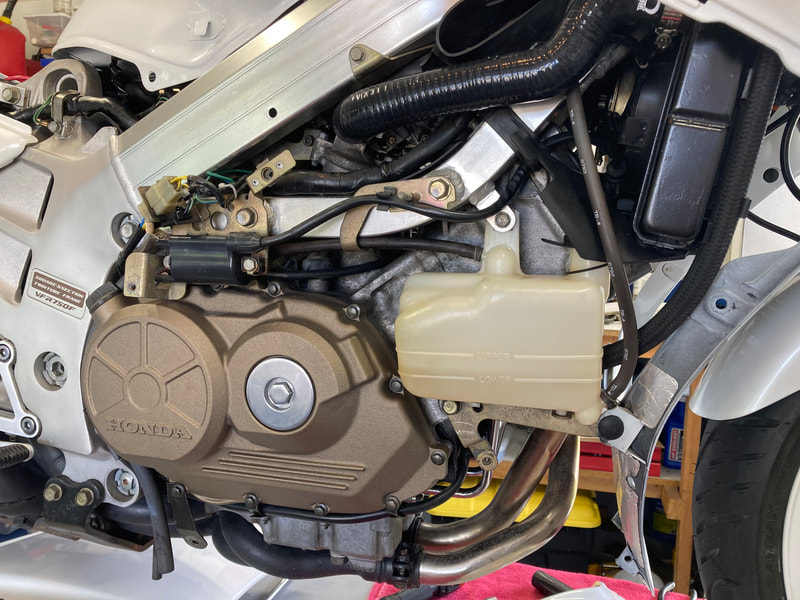
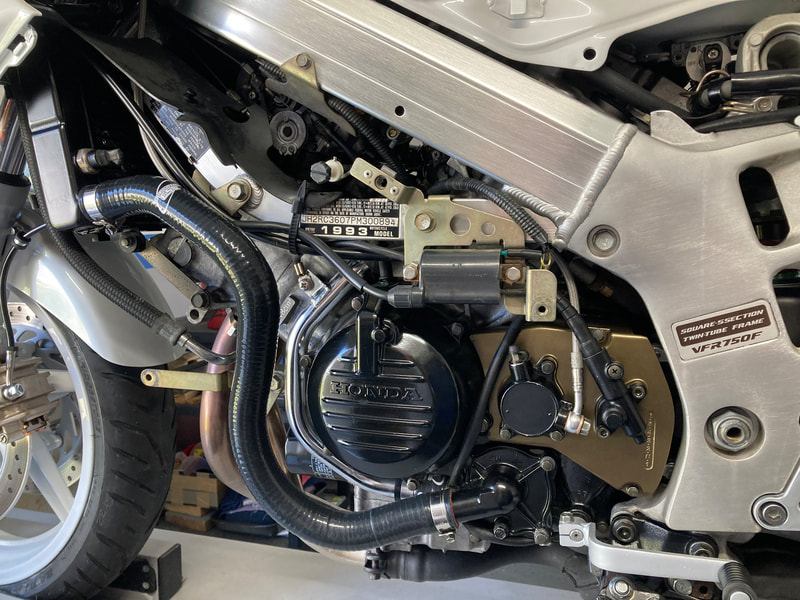
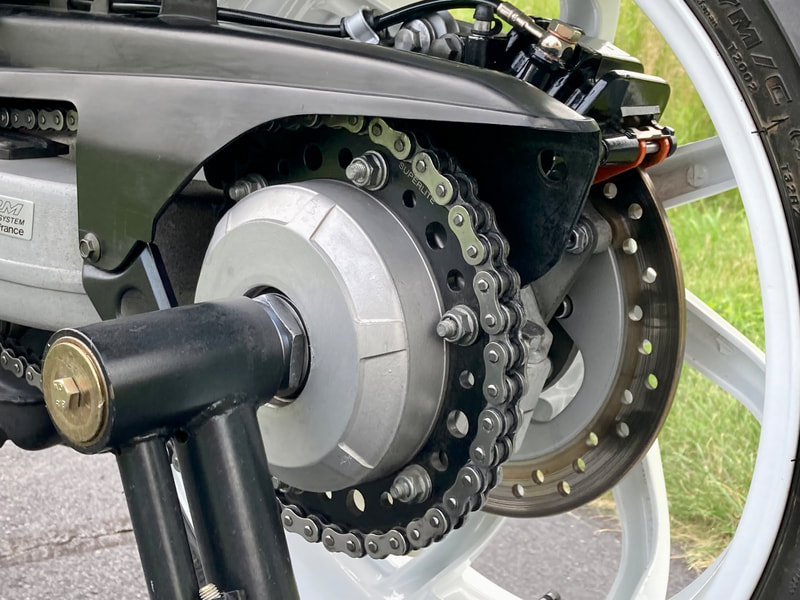
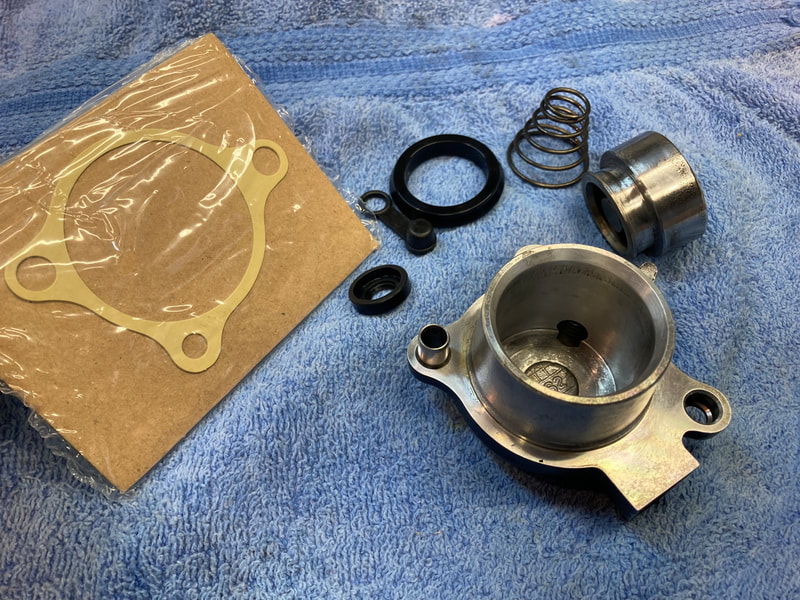
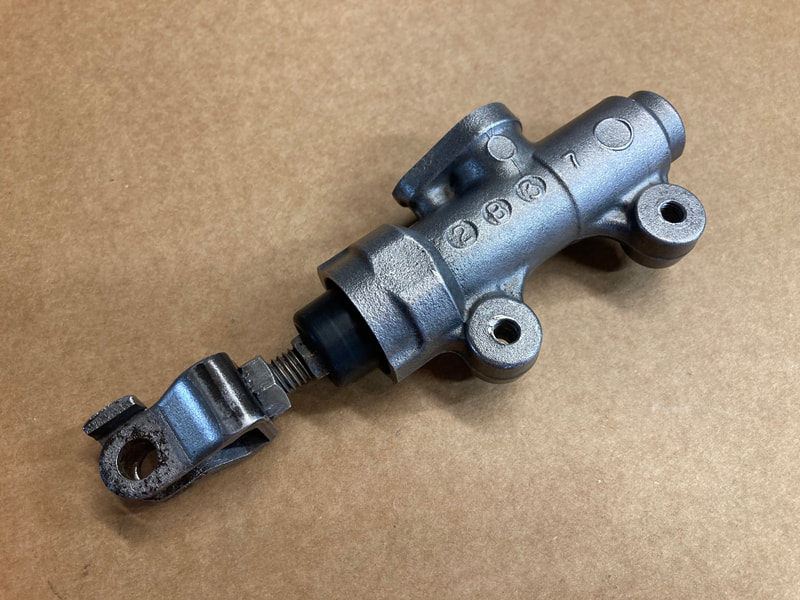
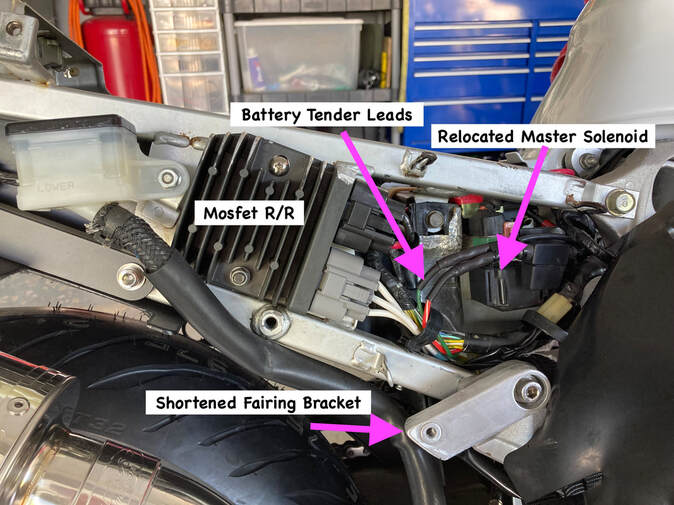
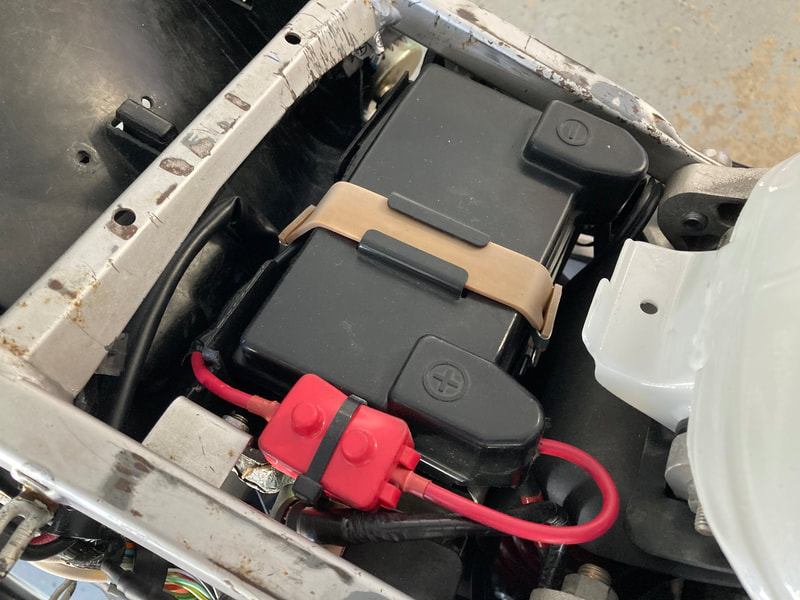
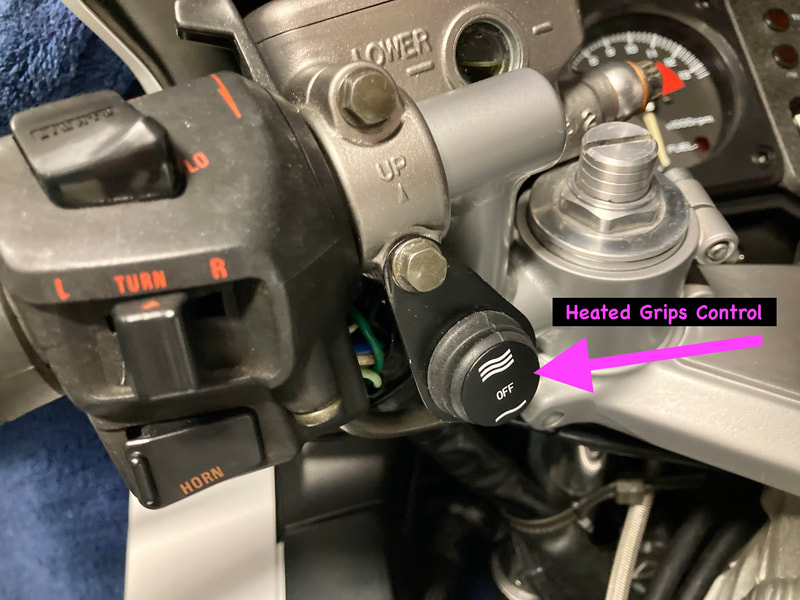
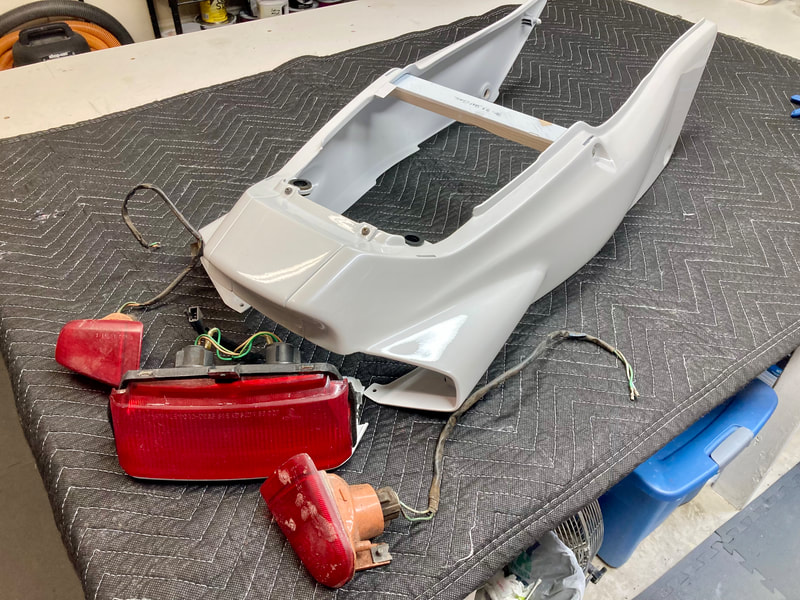
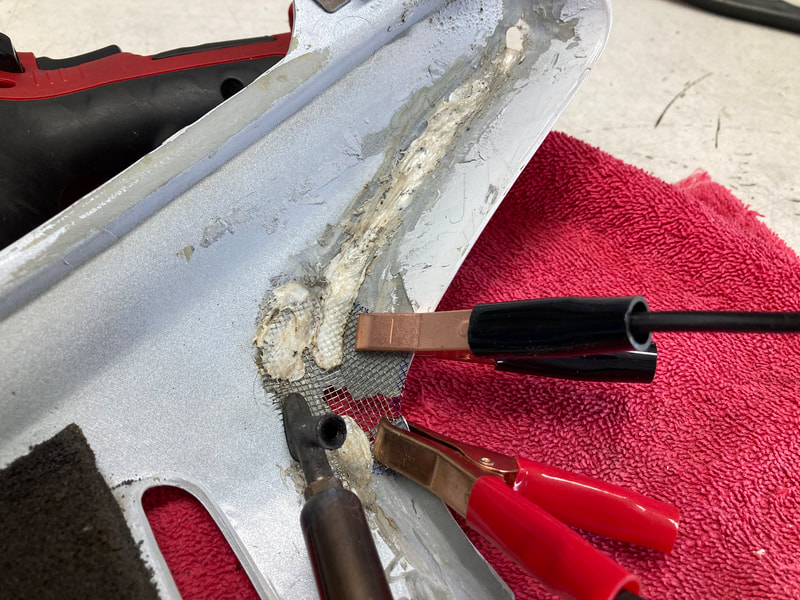
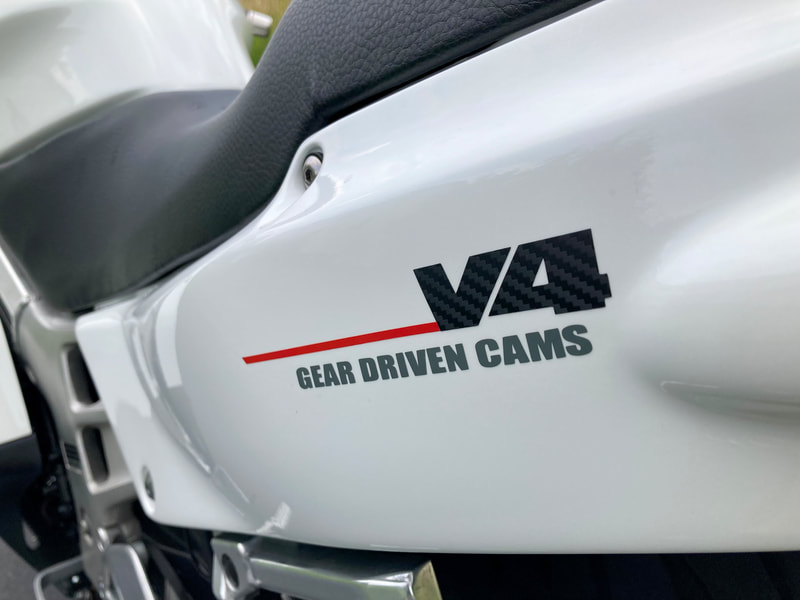
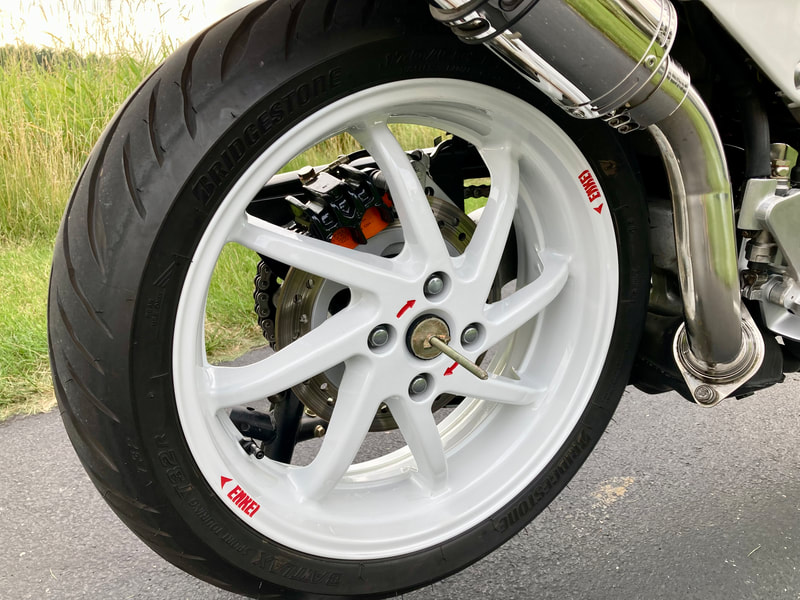
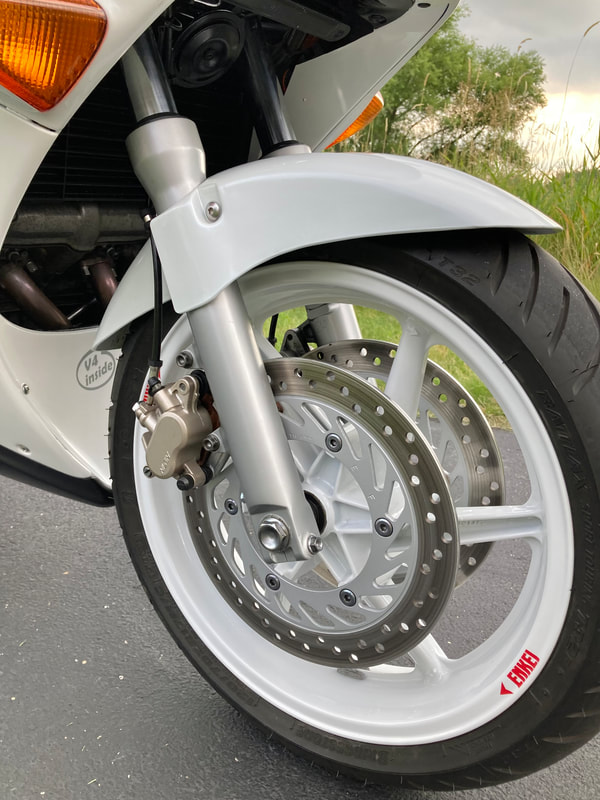
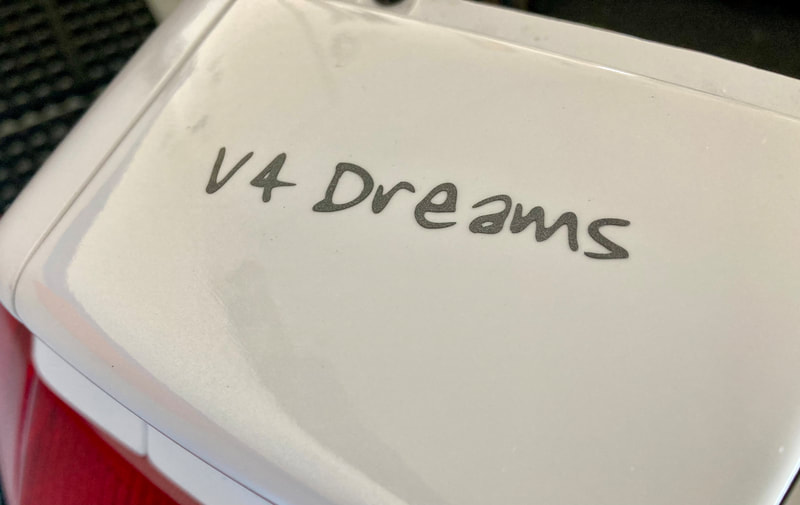
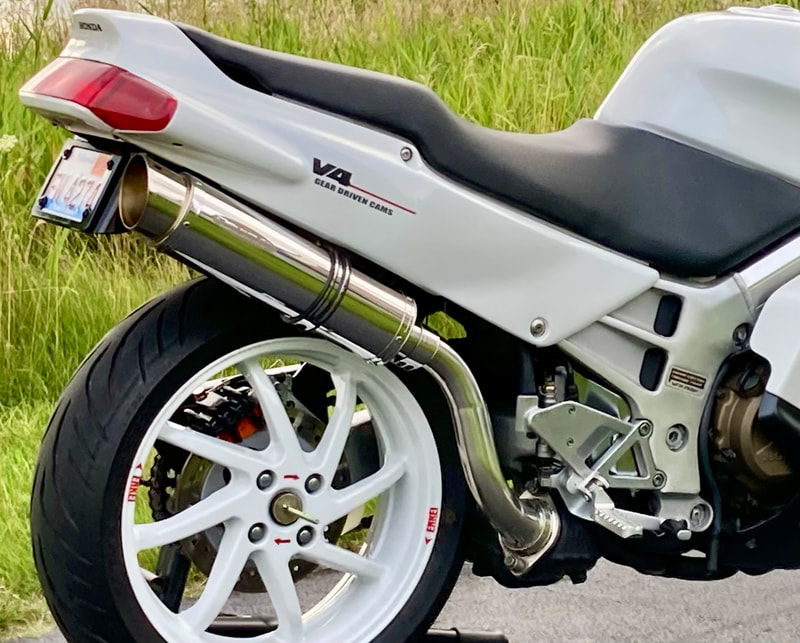
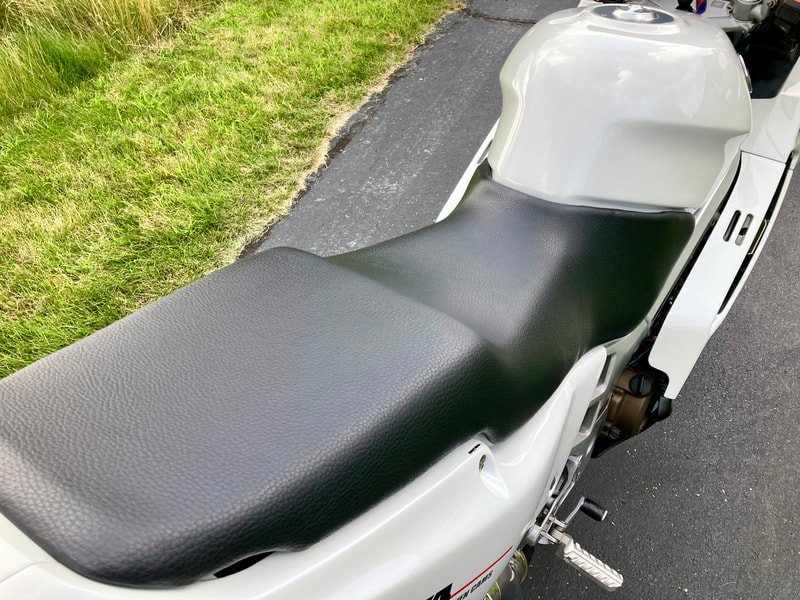

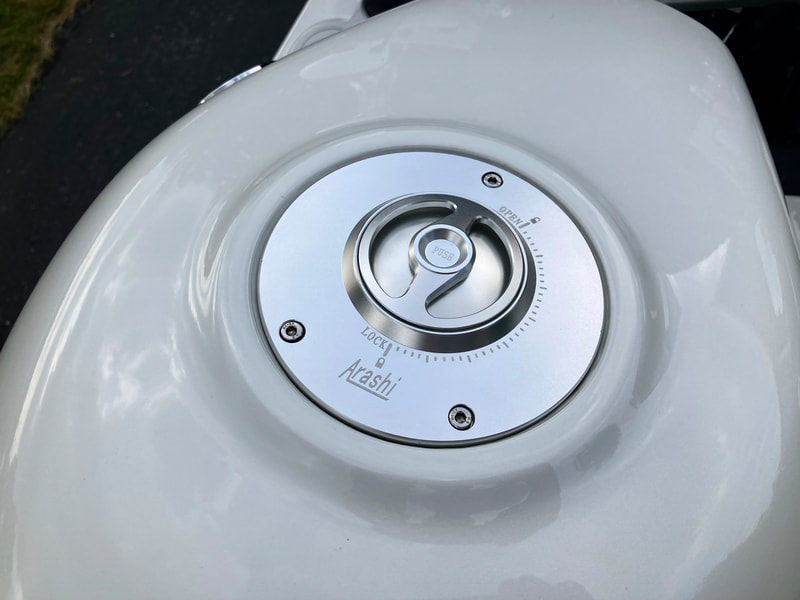


 RSS Feed
RSS Feed